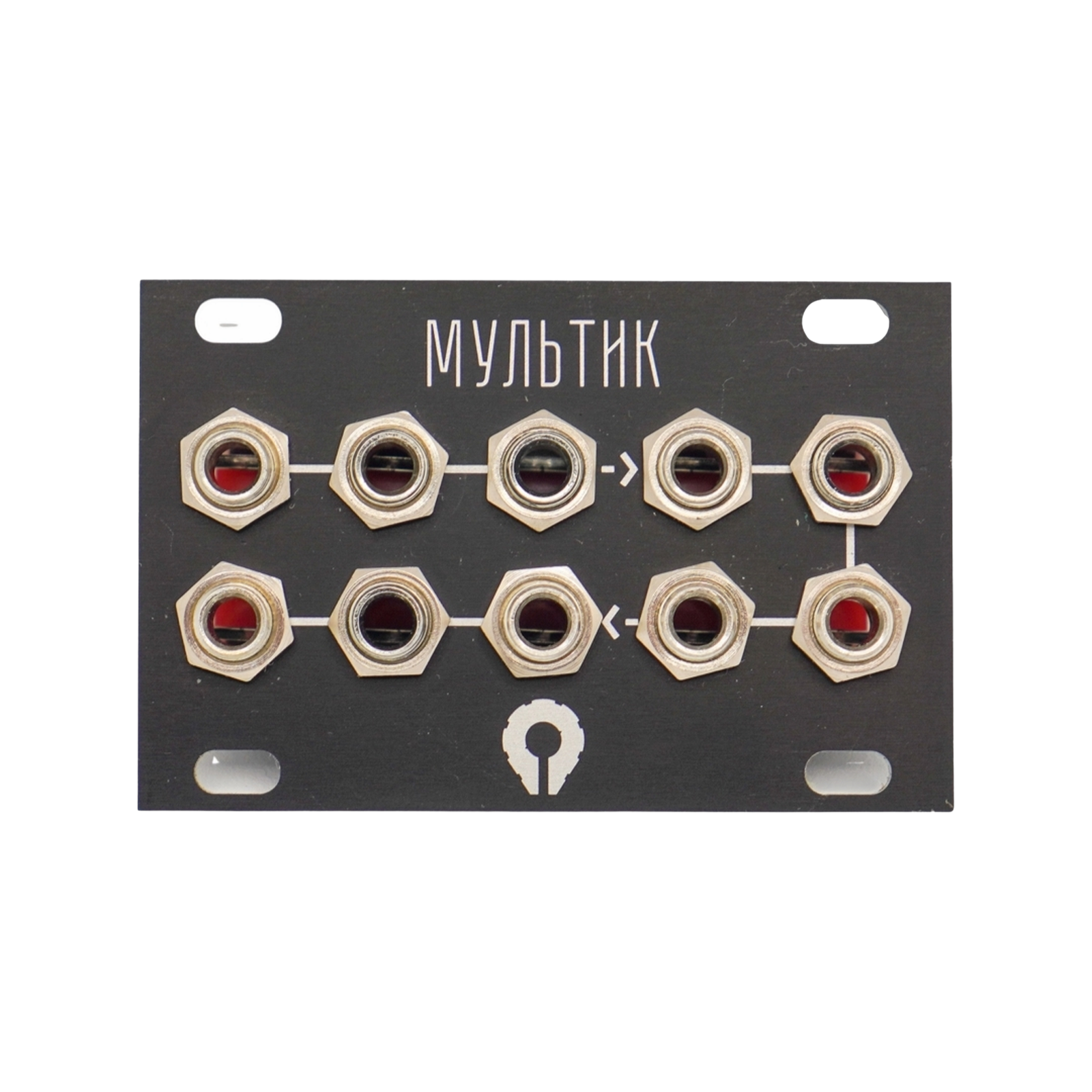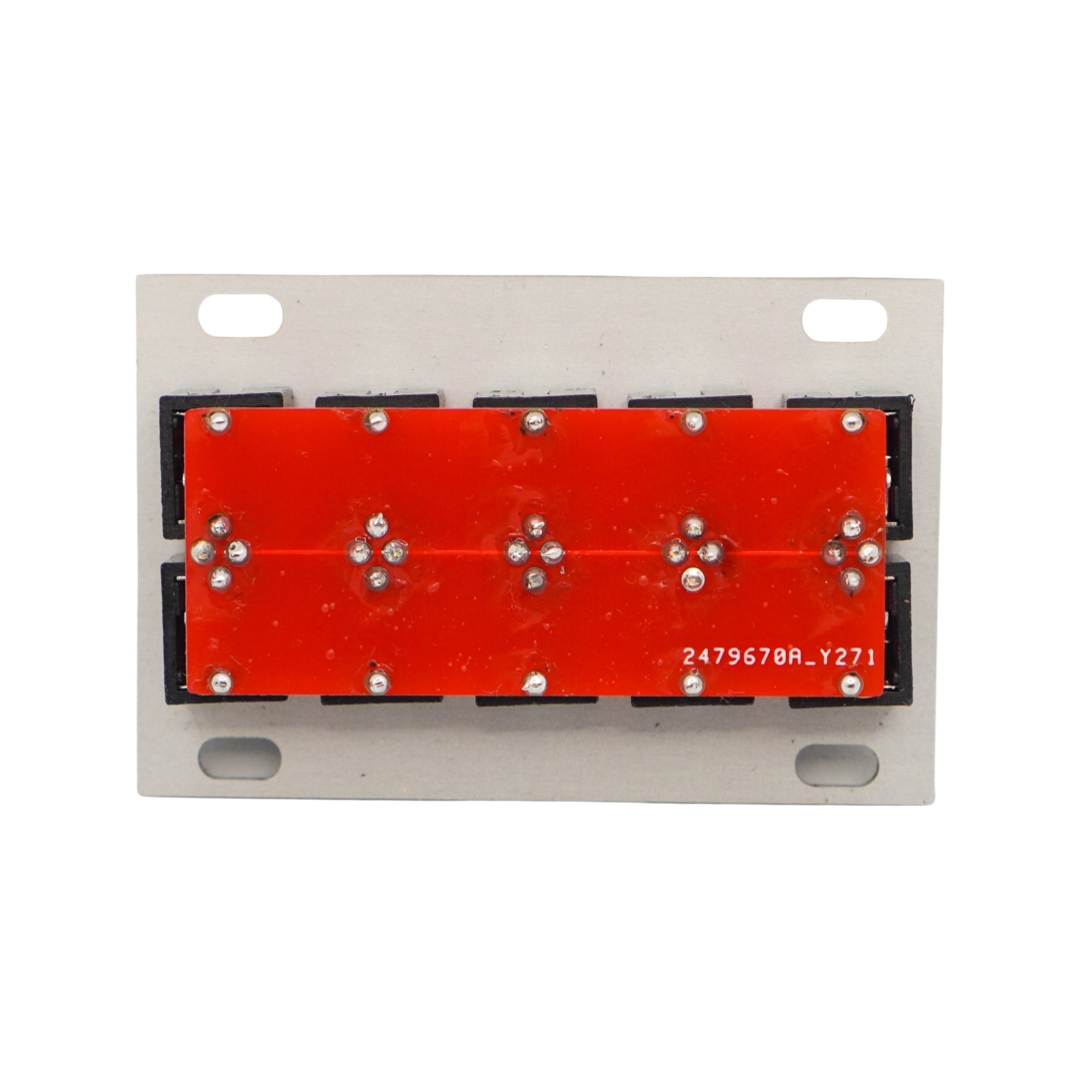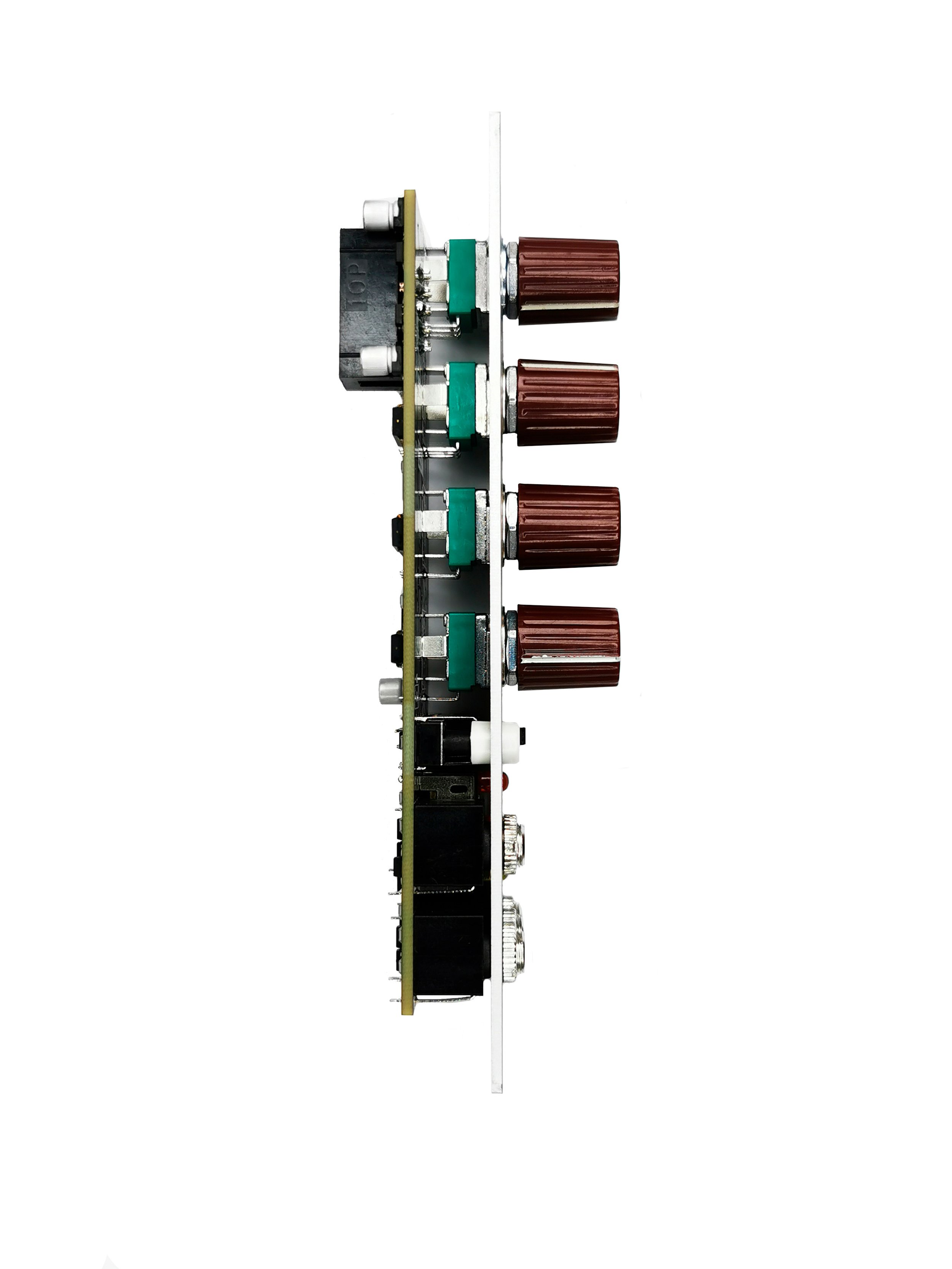 Image 1 of 6
Image 1 of 6

 Image 2 of 6
Image 2 of 6

 Image 3 of 6
Image 3 of 6

 Image 4 of 6
Image 4 of 6

 Image 5 of 6
Image 5 of 6

 Image 6 of 6
Image 6 of 6







Vertalius by Flora Synths - Chainable Attenuverter, Manual Voltage Source.
Botanical Name: Flora Vertalius
Common Name: Attenuverter, Manual Voltage Source, Mixer (when being chained)
Description
The Flora Vertalius is a common and slim specimen in the Eurorack garden, known for its unique ability to tame, invert, and offset signals. This hardy perennial thrives in a modular ecosystem, providing both aesthetic beauty and functional value. Especially it enjoys being with its family, other Flora Vertalius species.
Growth Requirements
Power Supply: +12V, -12V (standard Eurorack power)
Space Requirements: 2HP width, skiff-friendly
Cultivation and Care
Feeding (Signal Input):
The Flora Vertalius accepts a variety of signals through its INPUT jack (the top one), flourishing with both audio and CV signals.
You don’t have to feed Flora Vertalius, without food it becomes a Voltage Generator and can provide you with the constant voltage controlled by the slider. The toggle allows you to go to the negative voltage territory
Growth (Attenuation and Inversion):
The primary function of Flora Vertalius is controlled by the slider.
The switch shifts between the attenuation and inversion modes.
Chain Cultivation (Chaining Multiple Modules)
Interconnected Growth:
The Flora Vertalius can be linked with other modules of its family to create a continuous signal path.
Utilize the pins at the back of the module named OUT and IN to chain modules together using the provided cable.
OUT: Sends the processed signal to the next module.
IN: Receives the signal from the previous module.
This chaining allows for a seamless integration, ensuring that the signal is normalized across all connected Flora Vertalius, enriching your modular garden with expanded possibilities.
To “break” the chain, insert a jack cable to the OUT, this will stop the module from feeding the next in line.
The “parental” module’s signal is mixed with the child’s one. You can mix both audio and CV signals. This module is not a mixer per-se, but with your creativity it can function as one.
Keep in mind the polarity of the audio signal. The pins are marked, so you don’t mistake it
Botanical Name: Flora Vertalius
Common Name: Attenuverter, Manual Voltage Source, Mixer (when being chained)
Description
The Flora Vertalius is a common and slim specimen in the Eurorack garden, known for its unique ability to tame, invert, and offset signals. This hardy perennial thrives in a modular ecosystem, providing both aesthetic beauty and functional value. Especially it enjoys being with its family, other Flora Vertalius species.
Growth Requirements
Power Supply: +12V, -12V (standard Eurorack power)
Space Requirements: 2HP width, skiff-friendly
Cultivation and Care
Feeding (Signal Input):
The Flora Vertalius accepts a variety of signals through its INPUT jack (the top one), flourishing with both audio and CV signals.
You don’t have to feed Flora Vertalius, without food it becomes a Voltage Generator and can provide you with the constant voltage controlled by the slider. The toggle allows you to go to the negative voltage territory
Growth (Attenuation and Inversion):
The primary function of Flora Vertalius is controlled by the slider.
The switch shifts between the attenuation and inversion modes.
Chain Cultivation (Chaining Multiple Modules)
Interconnected Growth:
The Flora Vertalius can be linked with other modules of its family to create a continuous signal path.
Utilize the pins at the back of the module named OUT and IN to chain modules together using the provided cable.
OUT: Sends the processed signal to the next module.
IN: Receives the signal from the previous module.
This chaining allows for a seamless integration, ensuring that the signal is normalized across all connected Flora Vertalius, enriching your modular garden with expanded possibilities.
To “break” the chain, insert a jack cable to the OUT, this will stop the module from feeding the next in line.
The “parental” module’s signal is mixed with the child’s one. You can mix both audio and CV signals. This module is not a mixer per-se, but with your creativity it can function as one.
Keep in mind the polarity of the audio signal. The pins are marked, so you don’t mistake it



















